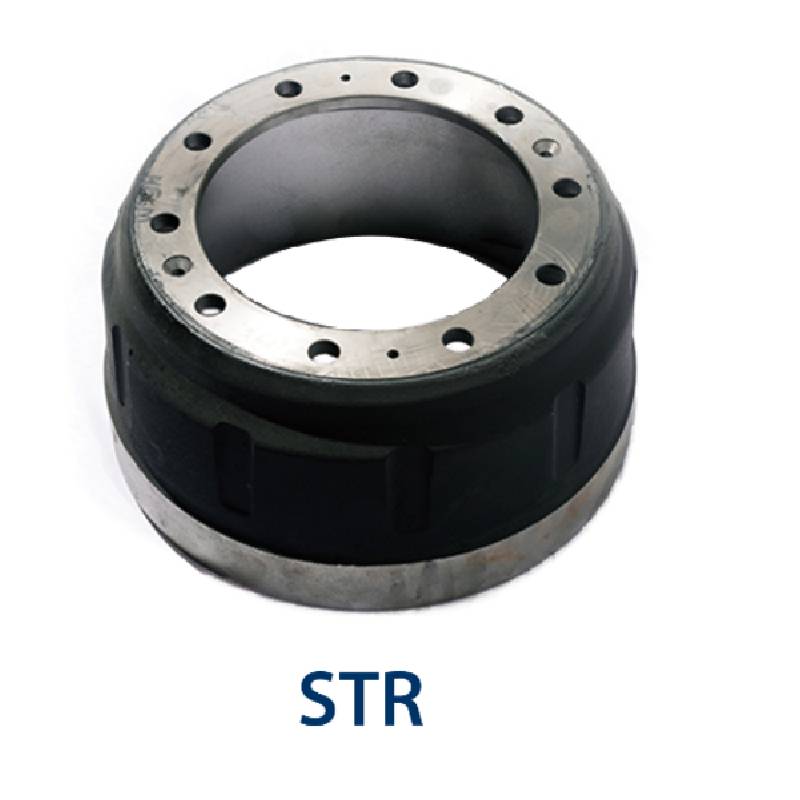Aug . 13, 2024 09:24 Back to list
Techniques and Equipment for Efficiently Turning Brake Drums in Automotive Maintenance and Repair
Understanding Turning Brake Drums
Brake drums play a crucial role in vehicle braking systems, particularly in drum brakes. These components not only ensure the safety and functionality of the braking system but also represent an area where precision engineering meets practical application. When discussing turning brake drums, it's essential to understand their construction, functionality, maintenance, and the implications of wear and tear.
What Are Brake Drums?
Brake drums are cylindrical devices made from cast iron or aluminum used in drum brake systems. They function as part of the braking mechanism, providing a surface against which brake shoes press to create the friction needed to slow down or stop a vehicle. The design ensures that heat generated during braking is dissipated efficiently, preventing brake fade and enhancing performance.
The Turning Process
Turning brake drums is a precision machining process that involves using a lathe to remove a thin layer from the drum's surface. This procedure is necessary when the drums become worn or warped over time due to heat and friction generated during braking. Maintaining a smooth and even surface is critical for optimal performance and to ensure that brake shoes make consistent contact with the drum.
The turning process begins by removing the drum from the vehicle and setting it up on a lathe. Technicians carefully measure the drum’s thickness and check for any noticeable cracks or damage. If the drum is within the allowable tolerance range, it can be turned. The lathe’s cutting tool then removes any high spots or imperfections, resulting in a surface that meets manufacturer specifications.
Importance of Turning Brake Drums
turning brake drums

Turning brake drums can significantly extend the lifespan of the braking system and enhance vehicle safety. A newly turned drum ensures that the brake shoes fit properly, allowing for even wear and consistent braking performance. This procedure can often be more cost-effective than outright replacement, providing a solution that can maintain the vehicle’s performance without significantly impacting the owner’s wallet.
Moreover, regular inspections and timely turning can prevent more severe issues down the road. If brake drums are left unturned when they show signs of wear, it may lead to uneven wearing of the brake shoes, reduced braking efficiency, and, ultimately, the need for more frequent and costly repairs.
Maintenance and Best Practices
To maximize the lifespan and effectiveness of brake drums, vehicle owners should prioritize regular maintenance. This includes inspecting the braking system at regular intervals, especially after extensive driving or if unusual noises are heard when braking. Additionally, it’s essential to seek professional help if any vibrations, pulling, or decreased braking power is experienced.
When turning brake drums, it’s vital to adhere to the manufacturer’s specifications regarding thickness. Overturning a drum can lead to a reduction in structural integrity, increasing the risk of breakage or failure during braking. Therefore, only qualified technicians should perform this service to ensure safety and reliability.
Conclusion
Turning brake drums is an essential aspect of maintaining a vehicle's braking system. Not only does it restore functionality and prolong the life of the brakes, but it also contributes to the overall safety of the vehicle. By understanding the importance of regular inspection and timely intervention, vehicle owners can ensure that their brakes remain effective, providing the peace of mind that comes with safe driving.
-
Durable Brake Drum MAZ for Heavy Duty Trucks | High Performance
NewsAug.26,2025
-
FUWA: Premium Quality, Reliable Performance & Innovative Solutions
NewsAug.25,2025
-
Liza Brake Drum: Superior Quality & Performance for Safe Driving
NewsAug.24,2025
-
Iveco Brake Drum | Premium OE Quality for Daily & Eurocargo
NewsAug.22,2025
-
Your Brake Drum Man: Quality & Performance Parts
NewsAug.21,2025
-
Explore Japan: Ultimate Travel Guide & Authentic Experiences
NewsAug.19,2025
